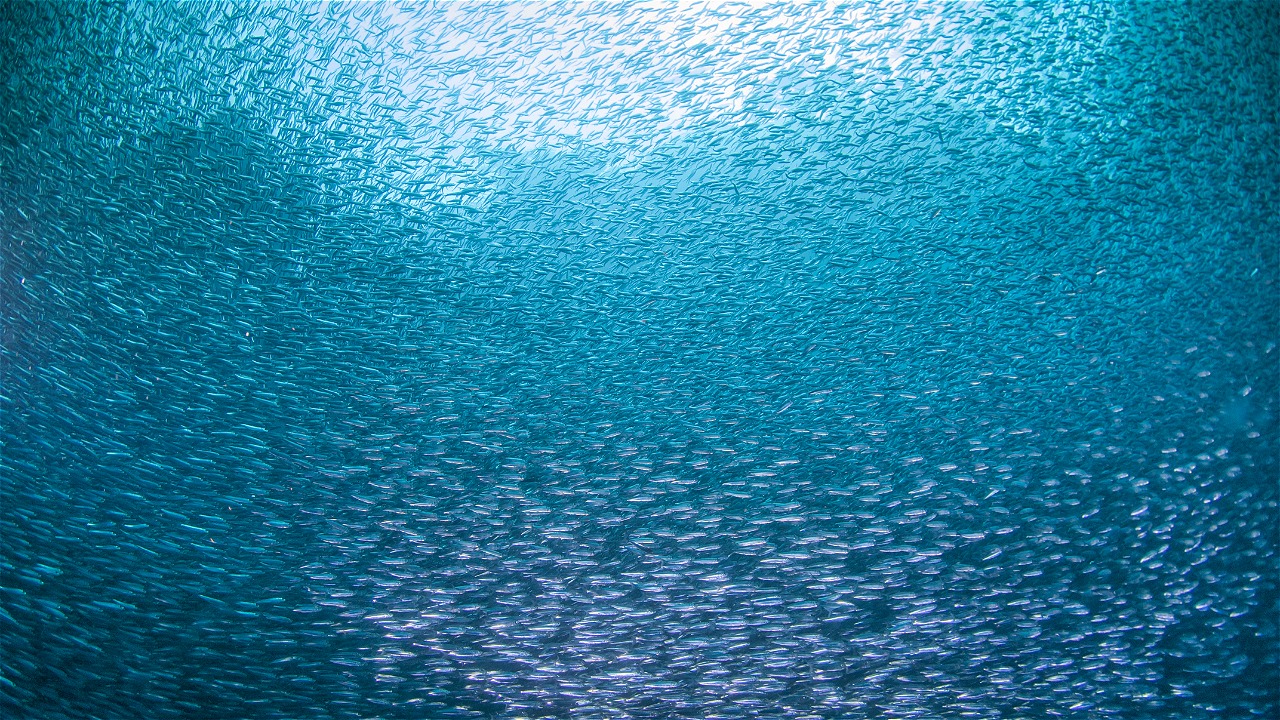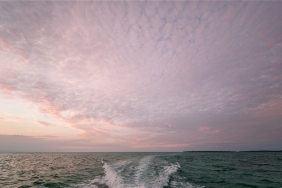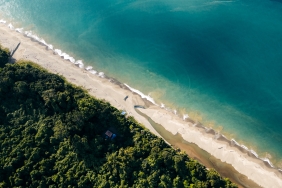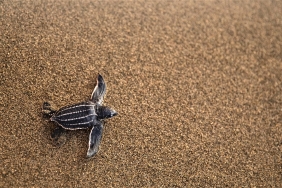ASSESSING A YEAR OF CONSERVATION AREA MANAGEMENT IN A SMALL ISLAND PARK, SMALL KEI ISLAND
By: Syarif Yulius Hadinata (Marine Species Assistant for Inner Banda Arc Subseascape, WWF-Indonesia)
Southeast Maluku is known for its cluster of islands with white sand as fine as wheat flour - which is not only a tourist destination, but also a wealth of resources that must be protected. On February 5, 2016, the Decree of the Minister of Maritime Affairs and Fisheries of the Republic of Indonesia Number 6/KEPMEN-KP/2016, established the Coastal and Small Islands Conservation Area (KKP3K), Small Island Park (TPK), Kei Kecil Island, Islands, and surrounding Waters.
A year after the designation, an assessment of the Management Effectiveness of Ecosystem-Based Conservation and Fisheries Management or Ecosystem Approach to Fisheries Management (EAFM) and Evaluation of the Management Effectiveness of Aquatic, Coastal and Small Island Conservation Areas (EKKP3K) was conducted. This assessment took place in the agenda of Dissemination of EAFM and E-KKP3K Assessment Results on February 16-17, 2017, at the Regent's Office Hall of Southeast Maluku Regency.
Ir. L. Retraubun, MBA, M.Si., Assistant II for Economic and Natural Resources of the Southeast Maluku District Government opened the meeting which was attended by various stakeholders. Starting from the Southeast Maluku Fisheries Service; Southeast Maluku Regional Development Planning Agency (Bappeda), Marine Resources and Fisheries Monitoring Station (PSDKP) Tual, Technical Implementation Unit (UPT) Tual Marine Biota Conservation Workshop, Indonesian Institute of Sciences (LIPI), Pattimura University, Tual State Fisheries Polytechnic, Southeast Maluku Environment Office, Southeast Maluku Investment and One-Stop Integrated Service Office, Southeast Maluku Water and Air Police (Polairud), Southeast Maluku Natural Resources Conservation Center (BKSDA), Maluku Provincial Fisheries and Maritime Affairs Office, Ohoi (village) officials and fishermen in the area, fisheries entrepreneurs, and WWF-Indonesia.
In the Dissemination of EAFM and EKKP3K Assessment Results, WWF-Indonesia presented an analysis of the results of the assessment and evaluation of the effectiveness of management of this 150,000 hectare marine protected area. This is to formulate a joint work plan for improving management using EAFM indicators and increasing the management effectiveness of the Kei Kecil Island TPK, Islands and Surrounding Waters.
EKKP3K has 5 levels; level 1 (conservation area initiated), level 2 (conservation area established), level 3 (conservation area minimally managed), level 4 (conservation area optimally managed, and level 5 (conservation area independently managed). An area is expected to achieve a score of 100% at each level.
EKKP3K's analysis puts Keil Kecil's TPK at 100% for level 1; 96% for level 2; 71% for level 3; 57% for level 4; and only 17% for level 5. The slowdown in management throughout 2016 is partly due to the process of delegating marine and fisheries authority from regencies / cities to provinces, which is regulated in Law 23 of 2014 concerning Regional Government, which has been enacted.
"There are six domains of EAFM indicators, namely habitat and ecosystem, fish resources, fishing technology, social, economic, and institutional," explained James Abrahamsz, presenter of the EAFM indicator assessment results from Pattimura University and Tual State Polytechnic. "Broadly speaking, there is still destructive fishing in Kei Kecil TPK, including on endangered and protected biota," he added.
The Dissemination of EAFM and E-KKP3K Assessment Results provides a common understanding of the status of fisheries management, the implementation of fisheries management performance assessment models, and produces strategic recommendations related to methodological and analytical aspects in the assessment of EAFM indicators.
The two-day meeting was closed with the formulation of a work plan for improving E-KKP3K and EAFM, which is part of the conservation area management plan that has been signed through the Southeast Maluku Regent Decree number 221 of 2015.
The most important points of the recommendations are to establish a management institution and encourage all stakeholders to be actively involved in supporting management, freeing the area from destructive fisheries, sustainable management of flying fish egg fisheries, integrated marine ecotourism development, and local wisdom-based resource management in the conservation area on the small islands of Southeast Maluku pride.





